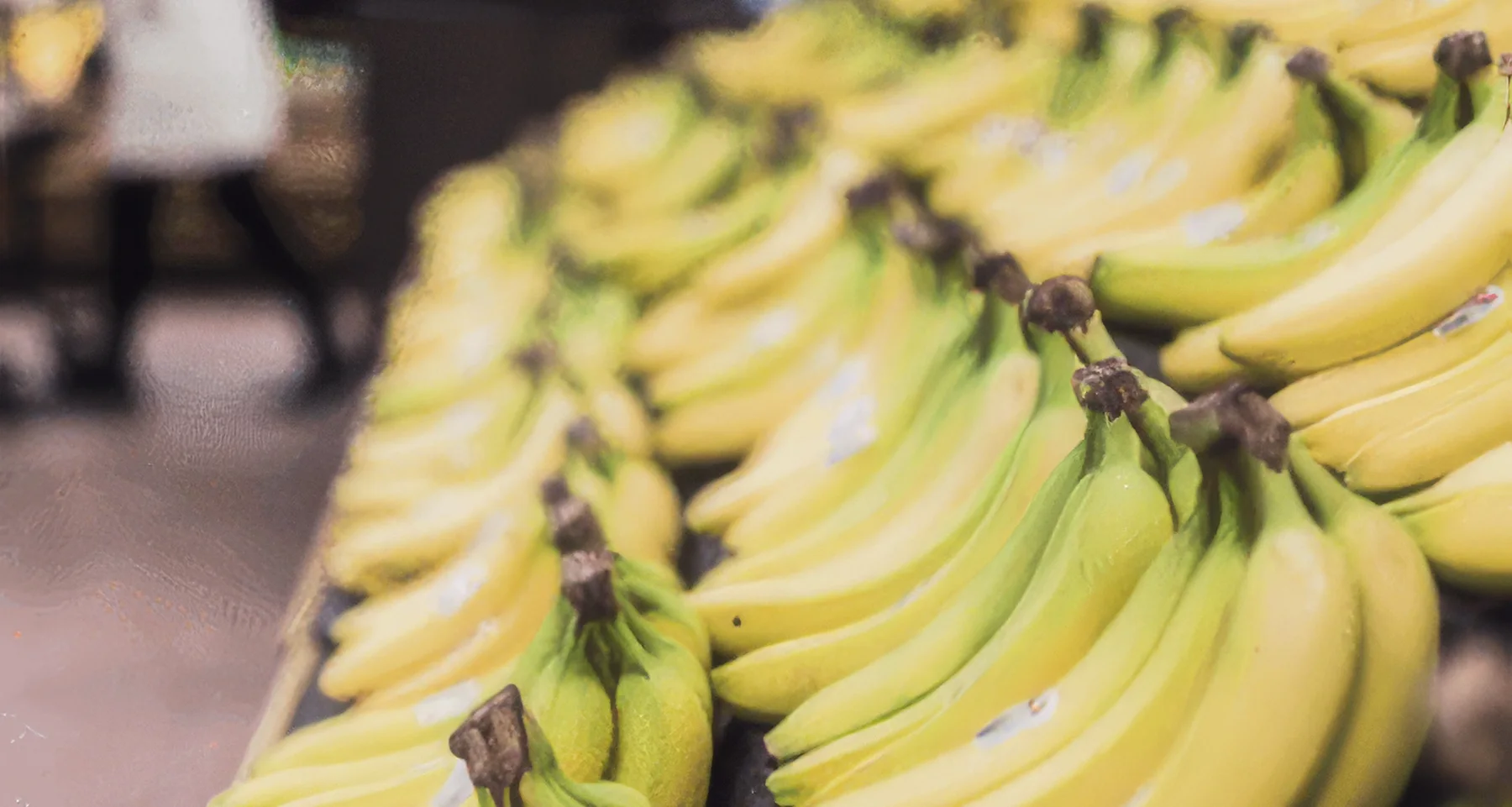
Radical food to fork rethink needed
Pinstone MD Catherine Linch attended the first Women in Food and Agriculture Summit to explore solutions put forward to help resolve global industry issues.
She concluded that addressing the distance our food travels could be critical to resolving the disconnect between agriculture and consumers.
Insight was gleaned from keynote speaker Barbara Baarsma, CEO of Rabobank, Amsterdam. Catherine picks up the issue...
It got me thinking about all the issues that have a cross-over into the world of food and agriculture; from health and nutrition, and social enhancement and wellbeing, to climate change and farms getting larger, adopting monocultures in the face of diminishing farm incomes for traditional enterprises.
Yet, there's apparently little sympathy from consumers in advanced western societies who rarely consider farming as part of the solution to these massive, global problems.
As speaker Jack A Bobo, CEO of Futurity, observed at the Summit, "consumers have never cared more or known less about how their food is produced."
Written by...

As Barbara Baarsma revealed, food can typically travel 30,000km before a bite is even taken. Today's food supply chains simply don't allow for food produced in place A to be eaten at place A - it has to travel to places B, C, and D before being consumed at place A. And very often, the trend for over-processing makes the final product completely indistinguishable from its origins at the farm gate.
The solution developed at Rabobank addresses numerous food supply chain issues. It's a radical prospect to consider the reality of diverting at least one-fifth of all farmed produce to be eaten at local level. It would take Government intervention, but with smart technology surely it could be done.
It's not without its problems and care would be needed to ensure inevitable inefficiencies, transport issues and market hurdles could be overcome without adding to environmental and congestion burdens.
But surely, in promoting shorter food supply chains - and within that, the adoption of truly circular farming systems - people can be reconnected with their food. In doing so, the value of food is elevated as a society benefit and social driver.
With greater understanding of food production comes greater consideration of its local footprint, the farm community and nutritional content - and so new generational habits for life are formed.

More recent insights

The value of PR in food, farming and environment communications

How to use data and research to strengthen your agri-PR communications

Why the Oxford Farming Conference is a masterclass in thought leadership

Sign up to our newsletter
Keep your finger on the pulse.